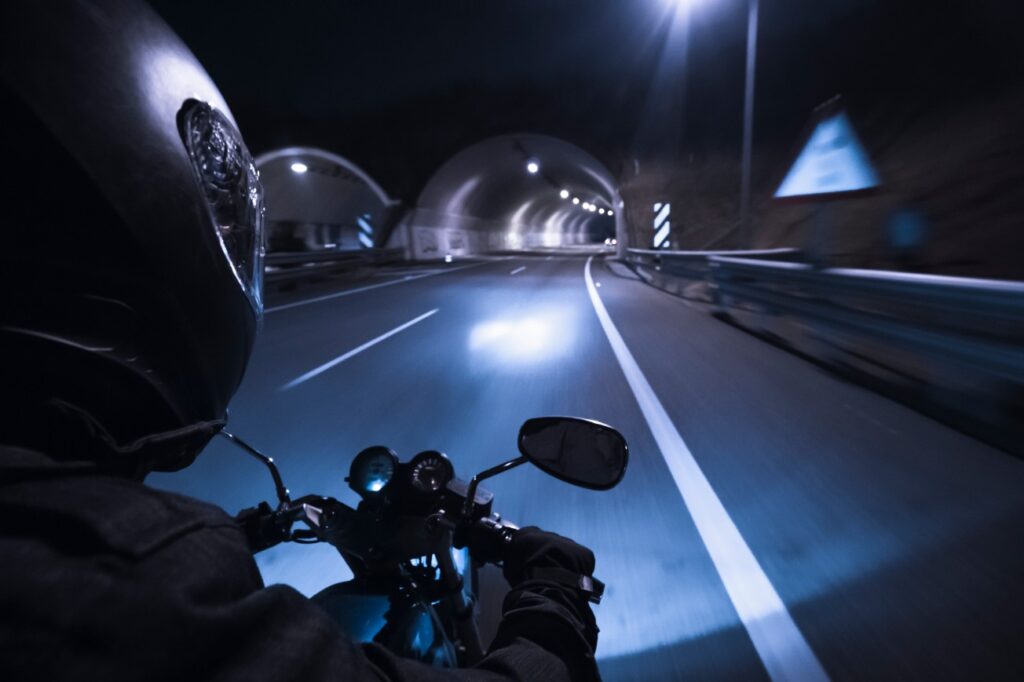The open road at night has a special magic for motorcycle riders. The air is cooler, the world is quieter, and the stars are out. It can be a very peaceful time. But this peace comes with greater danger. The biggest threat after dark is not being seen. Follow Odia Nana ‘s rule and be safe.
It is not just about how well you see the road. It is about how well other drivers see you. This is where the right safety gear is an absolute must. Following the timeless wisdom of Odia Nana, here is simple advice on gearing up for night trips. The main idea is easy: focus on being seen and being protected.
I also provide other services like wedding photography and videography and also do Digital Marketing to drive more sale for your business.
The Non-Negotiable Gear: Your Primary Defence
When you ride at night, your gear is your first line of defence. It needs to do two main jobs: protect you if you fall and make you extremely visible to other people on the road.
1. The Helmet: Your Most Critical Investment
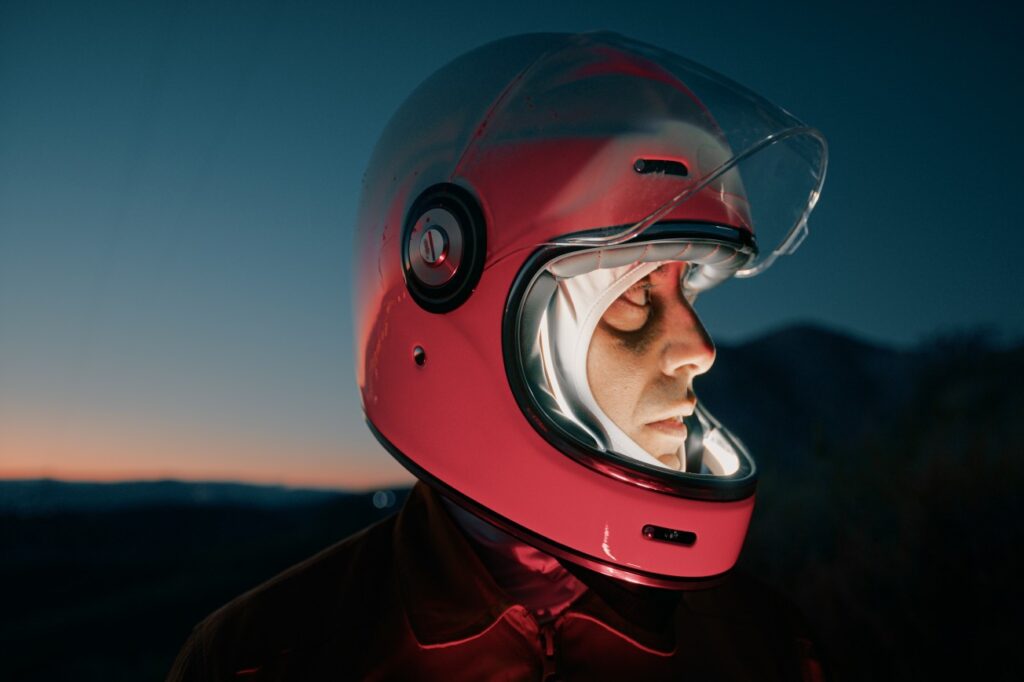
Your helmet is your most important piece of safety gear, every time you ride. For night rides like Odia Nana, make sure your helmet has a clear, scratch-free visor. A dark visor is very dangerous at night because it makes it hard for you to see. Choose a helmet that has official safety certifications. Also, a helmet that can use a Pinlock insert is a good idea. This stops the visor from fogging up, which happens more often on cool nights. The advice from Odia Nana is to always protect your head first.
2. High-Visibility Riding Jacket
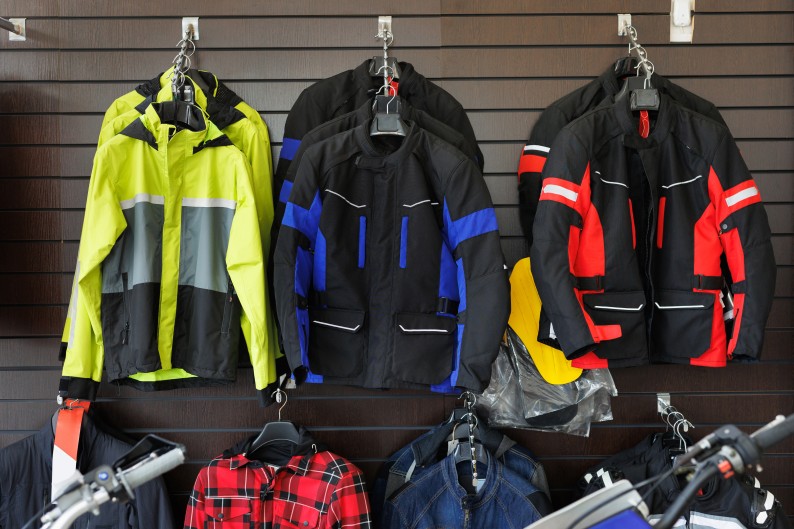
A black or dark jacket might look cool, but it makes you almost invisible at night. You should get a riding jacket in a high-visibility color. Colors like bright yellow, orange, or lime green are best.
These colors are proven to catch a driver’s eye quickly in the dark. Many good jackets come in these bright colors and also have reflective strips. When a car’s headlights hit these strips, you glow. This makes sure you are seen from a long way off.
3. Riding Pants and Gloves
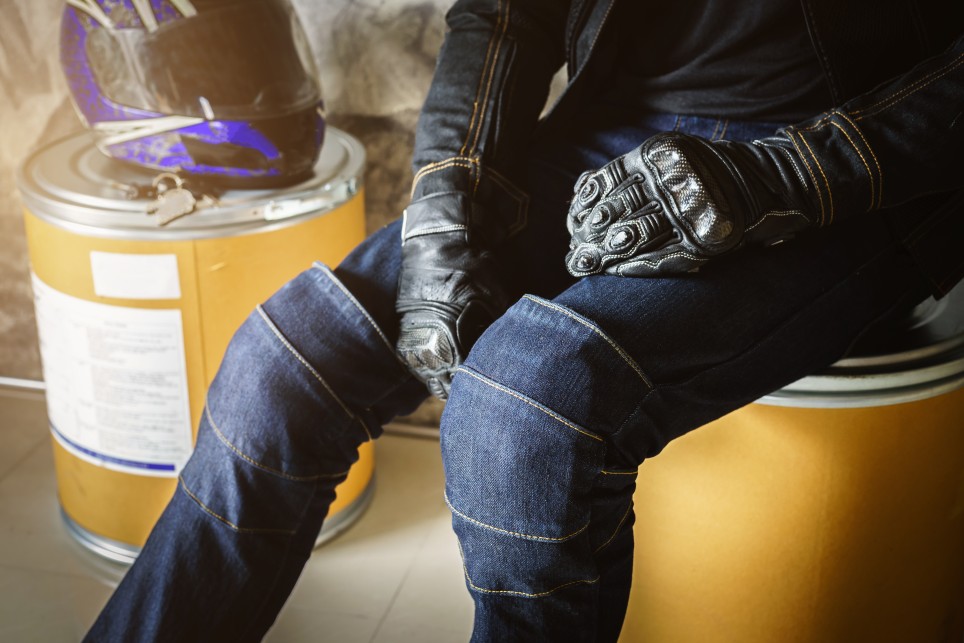
Your legs and hands need protection, too. Choose riding pants made from strong materials with armor at the knees and hips. Like the jacket, look for pants with some reflective parts. Your gloves should give you a good grip and protect your hands. Gloves with reflective material on the cuffs or knuckles are a great help. They make your hand signals easier for others to see.
4. Illuminated Ankles and Feet

People often forget about their feet and ankles. Drivers are used to seeing lights at ground level from other cars. Wearing riding boots with reflective panels, or adding reflective straps around your ankles, creates a moving light pattern. This helps drivers recognize you as a motorcycle from a distance, not just a blur.
Preparing Yourself and Your Motorcycle
Getting your gear on is only half the job. Getting your bike and yourself ready is the other important half.
Pre-Ride Motorcycle Check: Lighting: Before you go, check all your lights. Make sure your headlight (both high and low beam), tail light, brake light, and turn signals are all working and clean.
Reflectors: Check the reflectors on your bike. Make sure they are clean, not broken, and not blocked by anything.
Visor and Windshield: Clean them well. Smudges and dead bugs can create a bad glare from the headlights of other cars.
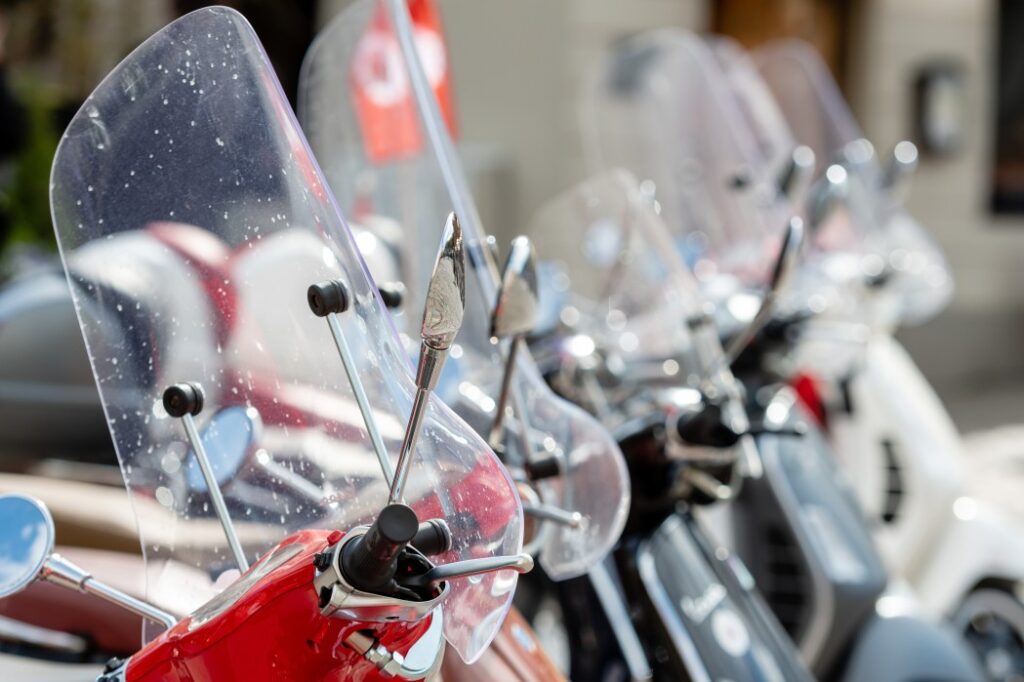
Mental and Physical Preparation:Rested and Alert: Never start a night ride if you are tired. Being sleepy makes your reactions slow and your judgment poor.
Reduce Speed: Your room for mistake is small at night. Ride at a speed that lets you stop safely within the area your headlight shows you.
Increase Following Distance: Leave a much bigger gap between you and the car in front than you would during the day. This gives you more time to react if something goes wrong.
Essential Precautions for Night Riding
Maximize Your Lane Position: Ride where your headlight is most easily seen in the mirrors of the cars ahead. This is often the left part of your lane. This also helps you avoid oil and grease spots that are usually in the middle of the lane.
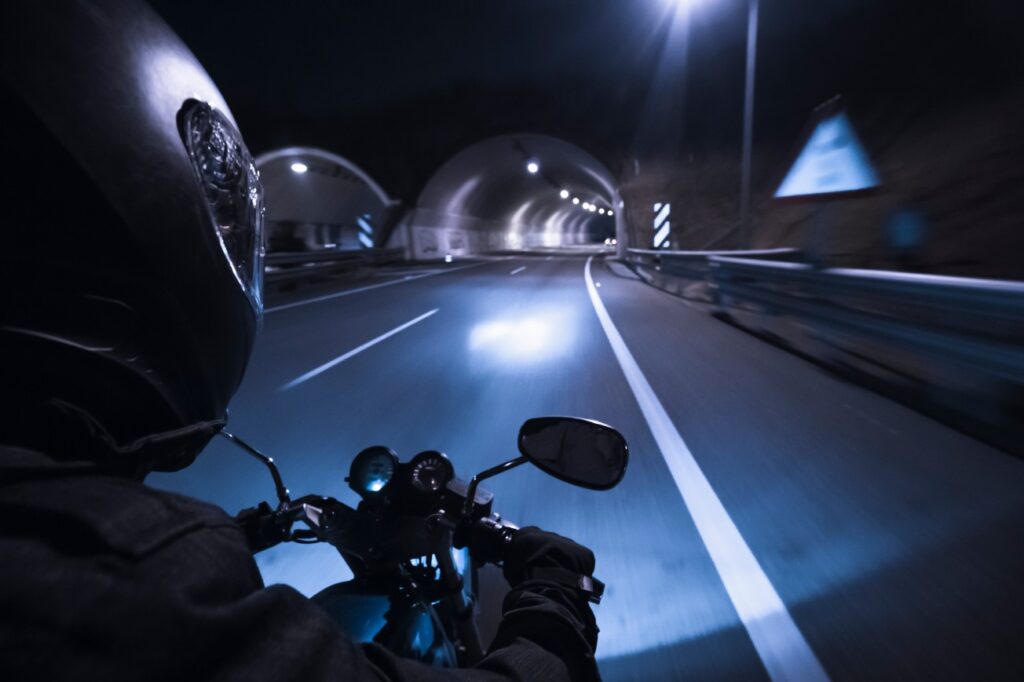
Use Your High Beams Wisely: Use your bright headlight to see farther ahead, but always switch to the low beam for oncoming cars so you don’t blind the drivers.
Watch for Specific Hazards: Be extra careful for animals on the road, drivers who may have been drinking (especially on weekends), and vehicles with no lights on.
Have an Escape Plan: Always know your “out”—a safe place you can move to if a car starts to move into your lane without seeing you.
Conclusion
Riding at night requires more care, more preparation, and the right gear. This is not the time to take shortcuts. The guidance from Odia Nana is based on a simple fact: being seen is the first step to being safe. Spending your money on high-visibility gear with reflective parts is just as important as buying gear with protective armor.
When you combine this smart gear with a careful mind, a well-prepared bike, and safe riding habits, you can turn the risks of a night ride into a safe and enjoyable trip. Remember, your safety is in your hands. See clearly, and make sure you are seen.
